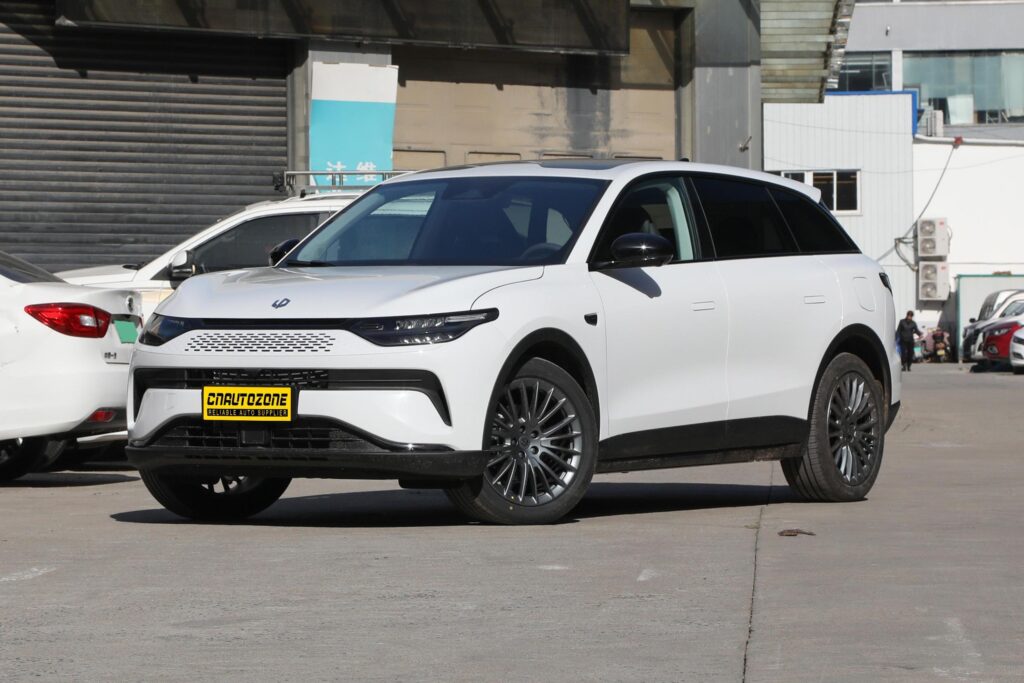As the adoption of electric vehicles (EVs) continues to rise, understanding the longevity and health of their core component — the battery — becomes increasingly vital for consumers and manufacturers alike. One of the most pressing questions in the electric vehicle discourse is how the health of an EV battery is impacted after extensive use, specifically after having traveled 100,000 kilometers. This article seeks to explore the factors impacting battery health, the observable metrics used to gauge battery integrity, and what implications these findings hold for consumers and the future of electric mobility.

The Anatomy of Electric Vehicle Batteries
Before delving into battery health, it’s essential to understand the basic structure of electric vehicle batteries. Most contemporary EVs employ lithium-ion batteries due to their high energy density, prolonged life cycle, and relatively low self-discharge rates. A typical lithium-ion battery pack consists of numerous cells arranged in modules, forming a battery system capable of delivering voltage and energy sufficient for powering electric motors.
Key Factors Affecting Battery Health
- Chemical Degradation: Over time, the chemical constituents of a battery undergo changes that can result in capacity loss. This degradation is influenced by several factors, including temperature, cycling, and usage patterns. Elevated temperatures can accelerate the decomposition of electrolyte, leading to diminished battery performance.
- Charge Cycles: A charge cycle refers to the process of discharging and recharging the battery. Each cycle contributes to wear and tear. Batteries have a finite number of cycles before their performance begins to noticeably degrade. For most lithium-ion batteries, manufacturers estimate around 1,000-2,000 cycles under optimal conditions.
- Depth of Discharge (DoD): The manner in which users interact with their battery can significantly affect its lifespan. Frequent fast charging or allowing the battery to deplete to very low levels can lead to accelerated degradation. Maintaining a moderate state of charge is often recommended to extend battery life.
- Environmental Conditions: Batteries are sensitive to extreme weather. Prolonged exposure to high or low temperatures can lead to accelerated degradation rates, compromising both range and charging capabilities.
- Manufacturing Quality: The battery’s initial manufacturing quality also plays a critical role. Variability in materials and construction standards can lead to differing rates of battery aging and overall health after extensive use.
Assessing Battery Health After 100,000 Kilometers
To approximate battery health, several metrics and methodologies are commonly used:
- State of Health (SoH): This metric compares the current capacity of the battery against its original capacity. For instance, if a battery initially had a capacity of 60 kWh and now holds only 48 kWh, its SoH would be 80%. Upon reaching 100,000 kilometers, many batteries still report SoH values in the 70-90% range, depending on usage patterns and environmental exposures.
- Capacity Fade: This refers to the gradual reduction in a battery’s capacity over time. Studies have shown that many EV batteries typically exhibit capacity retention rates that allow them to function adequately even after substantial usage, such as 100,000 kilometers.
- Internal Resistance: As batteries degrade, their internal resistance tends to increase, which can lead to reduced efficiency and greater heat generation during operation. Higher internal resistance can also affect charging speeds.
- Real-world Performance: Owners often report their subjective experiences of range and performance, which can offer additional insights into battery health. Declining performance characteristics in range anxiety, acceleration, or charging time may all serve as qualitative indicators of battery health.
Real-World Data: What Studies Reveal
Several studies and real-world observations provide insights into the status of electric vehicle batteries after extensive usage. For instance:
- A study conducted by the Idaho National Laboratory indicates that most electric vehicle batteries retain about 70-80% of their capacity after five years or approximately 150,000 kilometers of use.
- Data from Tesla vehicles shows even more promising results, with many users reporting minimal capacity loss after approaching 100,000 kilometers, which is often attributed to the high-quality batteries Tesla manufactures and their integrated battery management systems.
- European studies observing various brands have generally found that many lithium-ion batteries exhibit a moderate reduction in capacity but largely perform well beyond the anticipated lifespan, especially when subjected to adequate charging practices.
Implications for Consumers and the Industry
For consumers considering the transition to electric vehicles, understanding battery health metrics is imperative. Knowledge of what constitutes a healthy battery can guide decision-making — not just when purchasing a new vehicle, but also when considering the used EV market. A well-maintained battery can offer significant savings and performance benefits.
For manufacturers, the findings are equally significant. Developing batteries with greater longevity can lead to higher consumer satisfaction and reduced warranty costs. Furthermore, advancing battery technology and promoting optimal usage patterns can position companies as leaders in sustainable vehicle technology.
Conclusion
As electric vehicles continue to gain traction worldwide, the evaluation of battery health over time remains a crucial area of research and consumer concern. After achieving 100,000 kilometers, the health of lithium-ion batteries in electric vehicles varies widely based on a multitude of factors. However, the consensus among studies is reassuring: electric vehicle batteries can indeed maintain a relatively high state of health, preserving the promise of longevity and sustainability that electric mobility stands for. Consumers and manufacturers alike must stay informed and engaged with ongoing developments in battery technology to fully harness the benefits of electric vehicles in reducing our carbon footprint and paving the way for a cleaner energy future. cnautozone car expert

